In today's competitive digital environment, businesses must optimize operations to stay ahead. Automation has become a game-changer, revolutionizing workflows and enhancing productivity. Traditionally, automation was rule-based, performing predefined tasks with consistency. However, artificial intelligence (AI) has now entered the scene, adding intelligence and learning capabilities to machines. This evolution is forcing companies to reassess their automation strategies. Should you stick with traditional automation, or is it time to embrace AI-driven solutions?
Understanding the difference between AI and traditional automation is crucial. Both serve the purpose of making processes more efficient but work in fundamentally different ways. Businesses must weigh factors like cost, scalability, task complexity, and long-term value when choosing the right automation strategy.
What is Traditional Automation?
Traditional automation uses scripts, macros, and workflow engines to perform repetitive tasks. It’s highly effective for simple, rules-based processes where there’s no need for decision-making. For instance, processing invoices, data entry, and inventory updates are typical use cases.
This kind of automation is built with static logic. If X happens, then do Y. It's predictable, consistent, and easy to maintain. Traditional automation tools include Robotic Process Automation (RPA), basic macros in Excel, or scripts used in backend systems to automate mundane jobs.
Many businesses favor traditional automation because it requires less investment and is faster to implement. It's also easy to manage since it doesn't involve dynamic learning or large volumes of data processing. However, it lacks flexibility and cannot adapt to change unless manually reprogrammed.
What is AI-Driven Automation?
AI-driven automation takes a more intelligent approach. Instead of following hard-coded rules, it learns from data patterns and improves over time. Technologies like machine learning, natural language processing (NLP), and computer vision empower AI automation to handle complex tasks.
Unlike traditional automation, AI can make decisions based on context, recognize patterns, and even predict future outcomes. For example, AI can analyze customer queries and respond with personalized recommendations or identify anomalies in financial transactions to prevent fraud.
AI-driven automation is ideal for dynamic environments where rules can’t be strictly defined. It thrives in areas such as customer service, marketing personalization, predictive maintenance, and advanced analytics.
Benefits of Traditional Automation
Traditional automation brings several advantages. It is straightforward to implement and provides quick ROI. It reduces human error in repetitive processes and ensures consistency in performance. Small to mid-sized companies often prefer it due to lower costs and minimal technological requirements.
For example, if a company needs to automate payroll processing or invoice generation, traditional automation tools can easily manage this with minimal setup. Once programmed, they require little oversight, making them reliable for routine operations.
Another key advantage is security. Since traditional automation doesn’t rely on large-scale data collection or external APIs, the risk of data breaches is lower compared to AI systems that process massive datasets.
Benefits of AI-Driven Automation
AI adds intelligence and adaptability to automation. It allows systems to evolve based on new data inputs, making it perfect for customer-facing roles. Chatbots powered by AI can understand natural language, detect customer sentiment, and provide contextual responses.
AI automation enables businesses to unlock deep insights through predictive analytics. For example, a retail company can use AI to forecast inventory needs, optimize supply chain logistics, and reduce waste. In healthcare, AI helps diagnose diseases from imaging data faster and more accurately than human professionals in many cases.
This form of automation also enhances decision-making. AI systems can analyze massive datasets in real-time, uncovering trends and opportunities that manual analysis might miss. It offers scalable, efficient, and more intelligent solutions that evolve with the business environment.
AI vs Traditional Automation: Key Differences
One of the fundamental differences lies in flexibility. Traditional automation follows a rigid script. If something changes, the script must be updated manually. AI, on the other hand, adapts to change automatically through continuous learning.
Another difference is the nature of tasks. Traditional automation is task-specific. AI is outcome-oriented. It focuses on achieving goals through data-driven strategies rather than following a pre-programmed pathway.
While traditional automation is cost-effective for small tasks, AI can provide a much higher ROI in the long run, especially when applied to strategic decision-making or customer engagement.
Use Cases for Traditional Automation
In industries like manufacturing and finance, traditional automation excels. For example, an assembly line can use robotics to automate packaging, labeling, and inventory updates. In finance, RPA bots can extract data from invoices and input it into accounting systems.
Another area is IT operations, where repetitive tasks like user onboarding or regular backups are automated using scripts. These processes don’t require learning or adaptation, making them perfect for rule-based automation.
Traditional automation is also commonly used in HR for automating leave approvals, payrolls, and employee data updates.
Use Cases for AI Automation
AI shines in customer service, marketing, healthcare, and logistics. AI chatbots can handle thousands of queries simultaneously, delivering personalized responses. In marketing, AI predicts customer behavior, improving campaign targeting and conversion rates.
Healthcare benefits immensely from AI, with diagnostic algorithms identifying diseases from X-rays and MRIs. Logistics companies use AI for route optimization, predicting delivery times, and managing supply chains.
AI also powers fraud detection systems in banking, scanning millions of transactions in real-time and flagging suspicious activity instantly.
Challenges of Traditional Automation
Traditional automation lacks the ability to adapt. When conditions change, the logic needs manual adjustments, which can be time-consuming and expensive. Also, its scope is limited to predefined rules and tasks.
It doesn’t scale well for complex business scenarios. Integrating it across various departments can become cumbersome. Moreover, traditional automation offers no predictive capability, limiting its effectiveness in strategic decision-making.
Challenges of AI Automation
AI implementation is resource-intensive. It requires quality data, skilled professionals, and powerful infrastructure. The costs of development, training, and ongoing maintenance are high.
There’s also the issue of data privacy. AI systems process large volumes of sensitive information, making them susceptible to breaches. Moreover, explainability remains a challenge understanding why an AI made a specific decision can be difficult.
Finally, change management is often harder with AI. Employees may resist AI-driven systems fearing job losses, and aligning the team with new workflows takes effort.
Making the Right Choice for Your Business
When deciding between AI and traditional automation, consider your business goals, available resources, and the complexity of tasks. Traditional automation is ideal for businesses looking to streamline repetitive processes quickly and affordably.
AI is better suited for companies seeking innovation and long-term gains through intelligent systems. If your business needs insights, personalization, and scalability, AI offers unmatched potential.
In many cases, a hybrid approach is best. Start with traditional automation for simple tasks and gradually introduce AI where higher intelligence and adaptability are required.
Key Takeaways
- Traditional automation is best for simple, rules-based tasks that need speed and consistency.
- AI automation excels in complex environments requiring data analysis, prediction, and learning.
- AI provides long-term scalability and intelligence but requires higher initial investment.
- Choosing the right automation depends on your business objectives, team capabilities, and available data.
- A combination of both automation methods can offer the best results.
Our Opinion
In our experience, businesses that adopt a strategic mix of traditional automation and AI-driven solutions see the best results. While traditional methods help in establishing a strong operational foundation, AI brings the agility and intelligence required for future growth. If you're unsure where to begin, our team of AI consultants and automation experts can help you assess your current workflows and design a solution tailored to your goals.
Contact us today to learn how we can support your automation journey and build scalable, efficient systems that evolve with your business.




.avif)


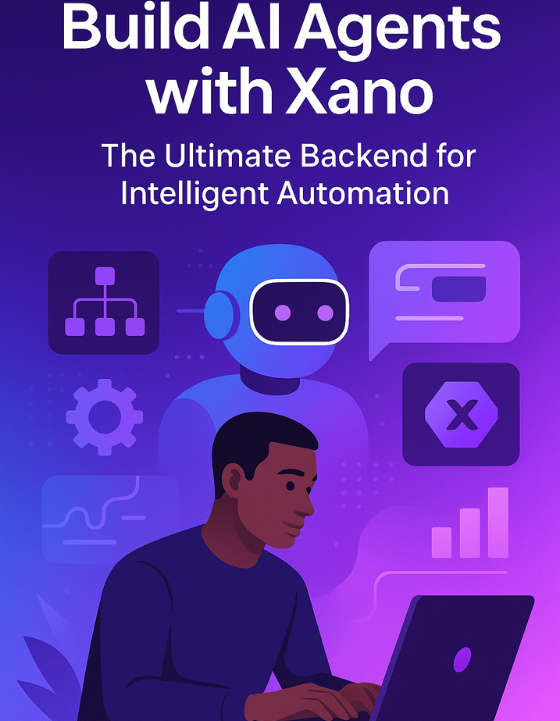
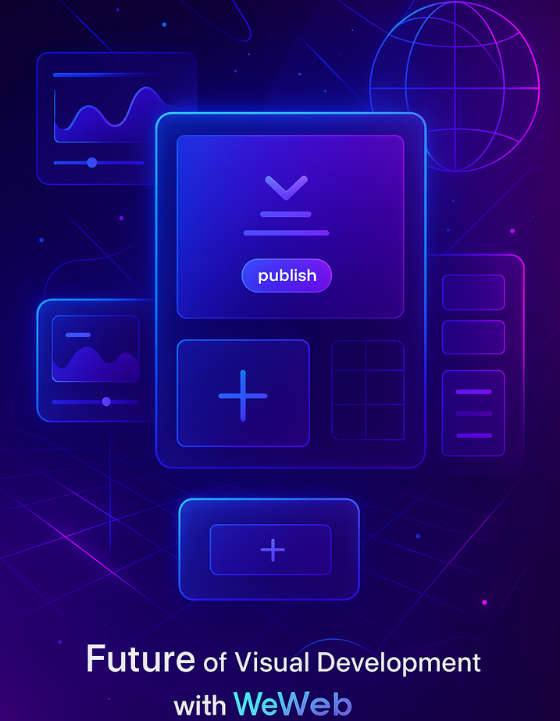
.png)
.png)
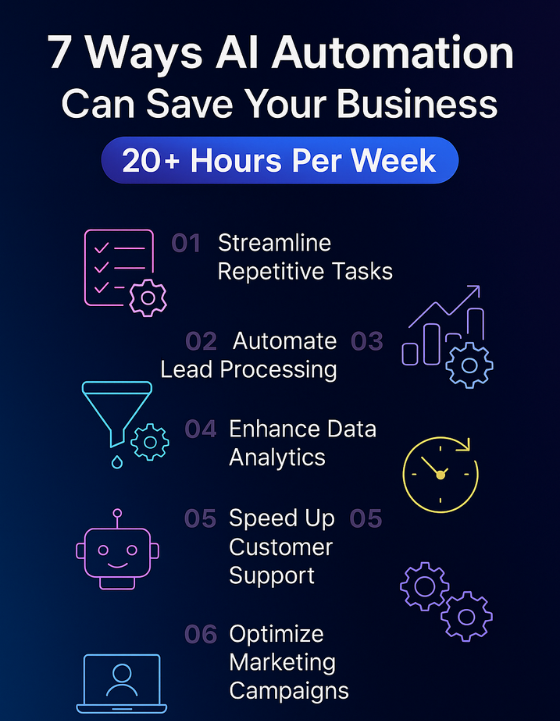
.jpg)
.jpg)
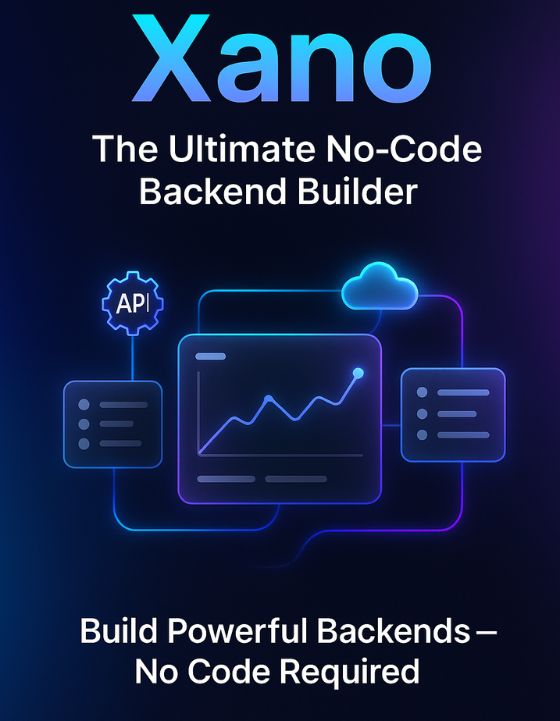
.png)
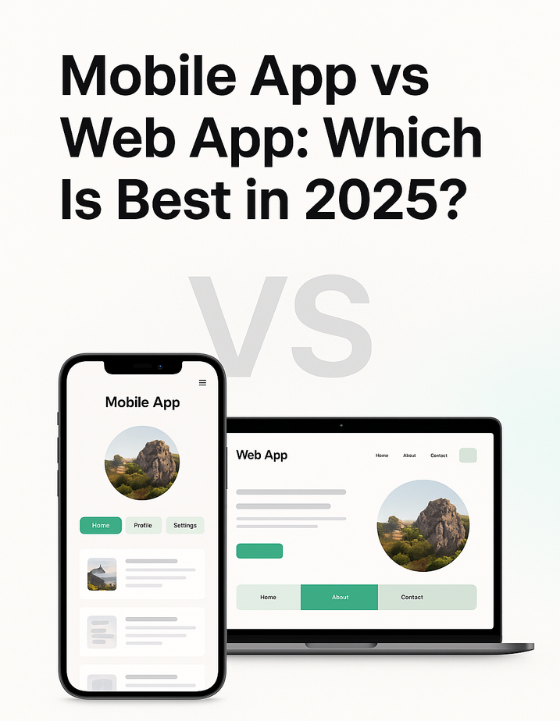
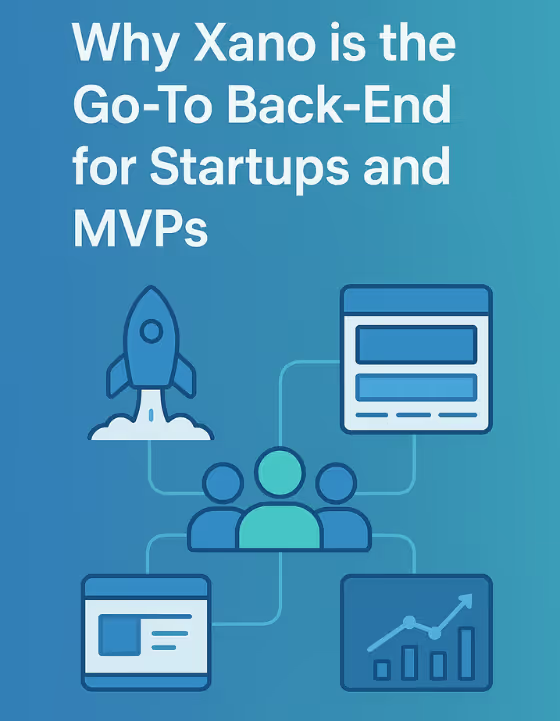


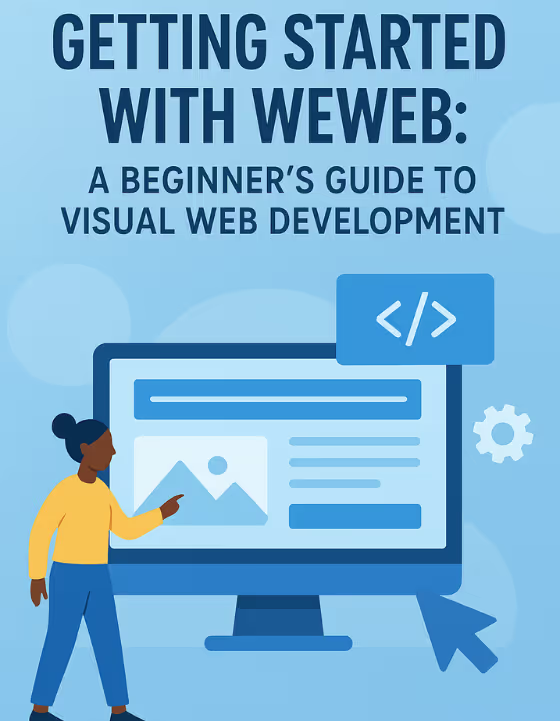
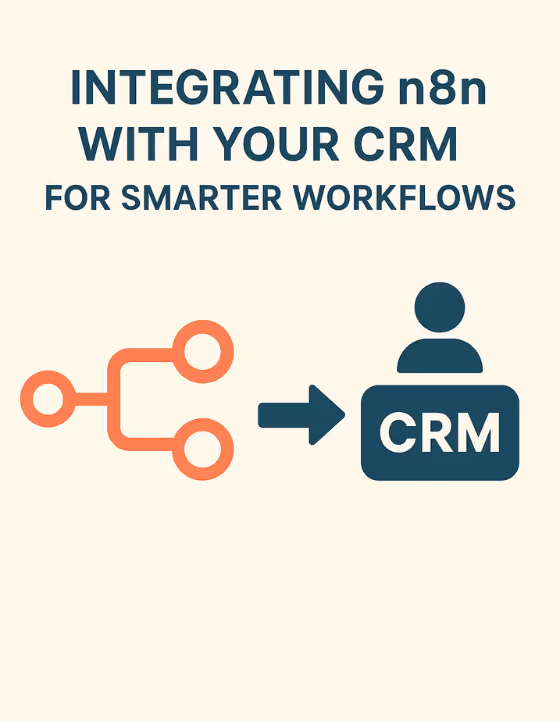
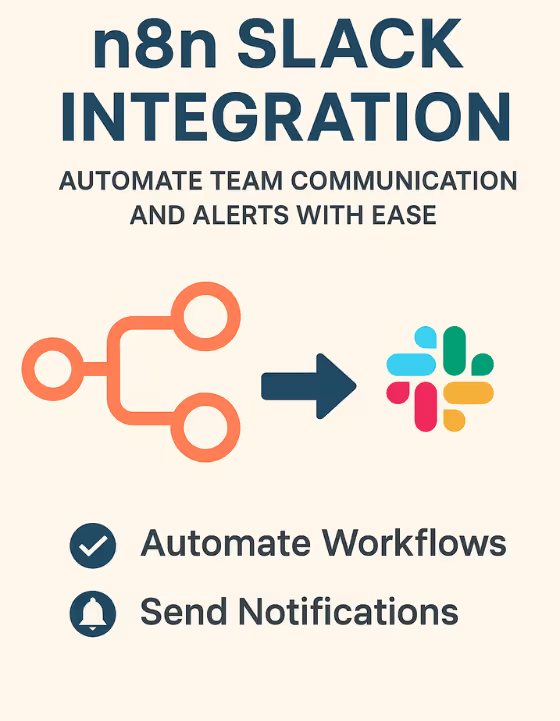




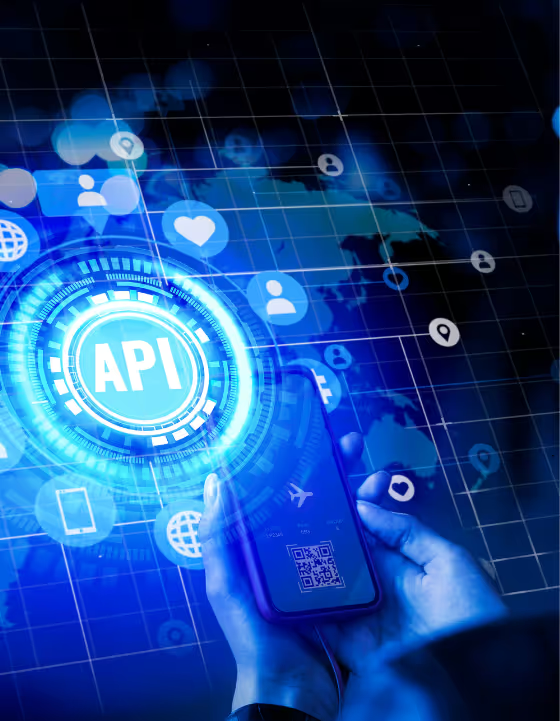









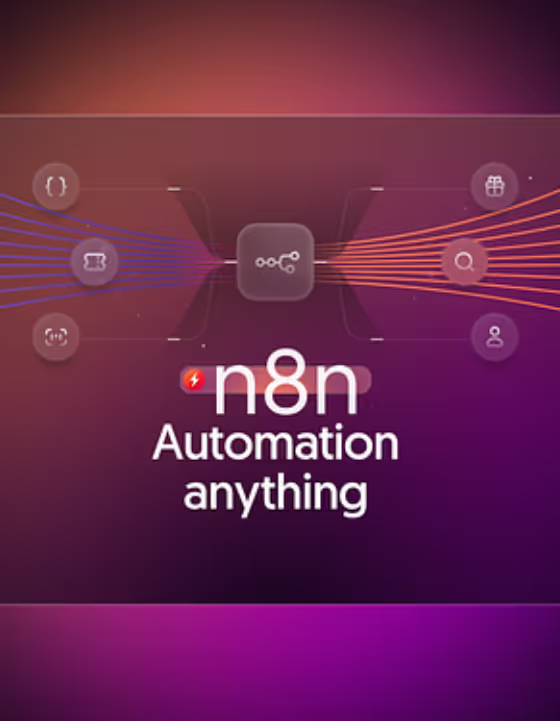


.avif)





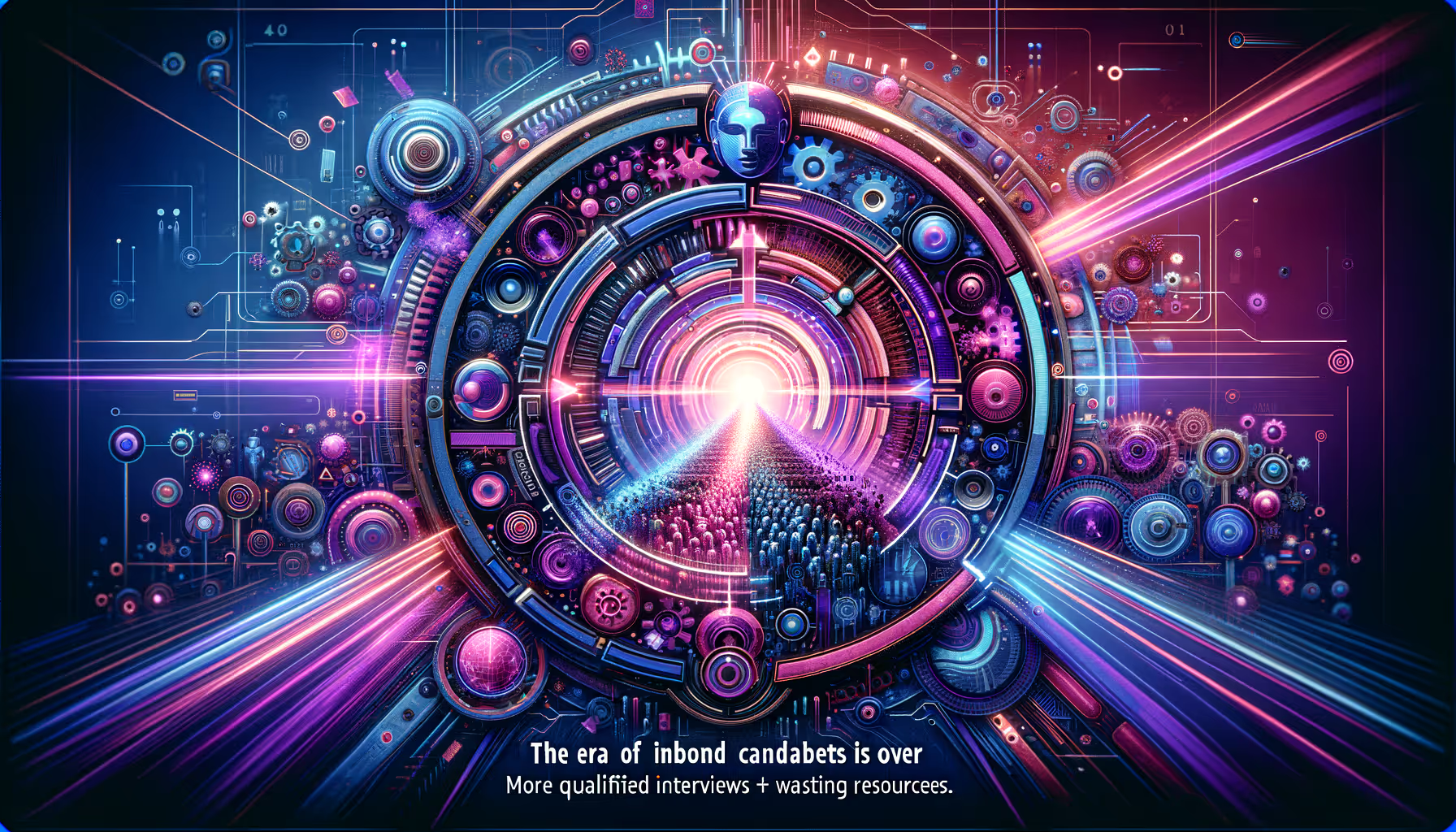

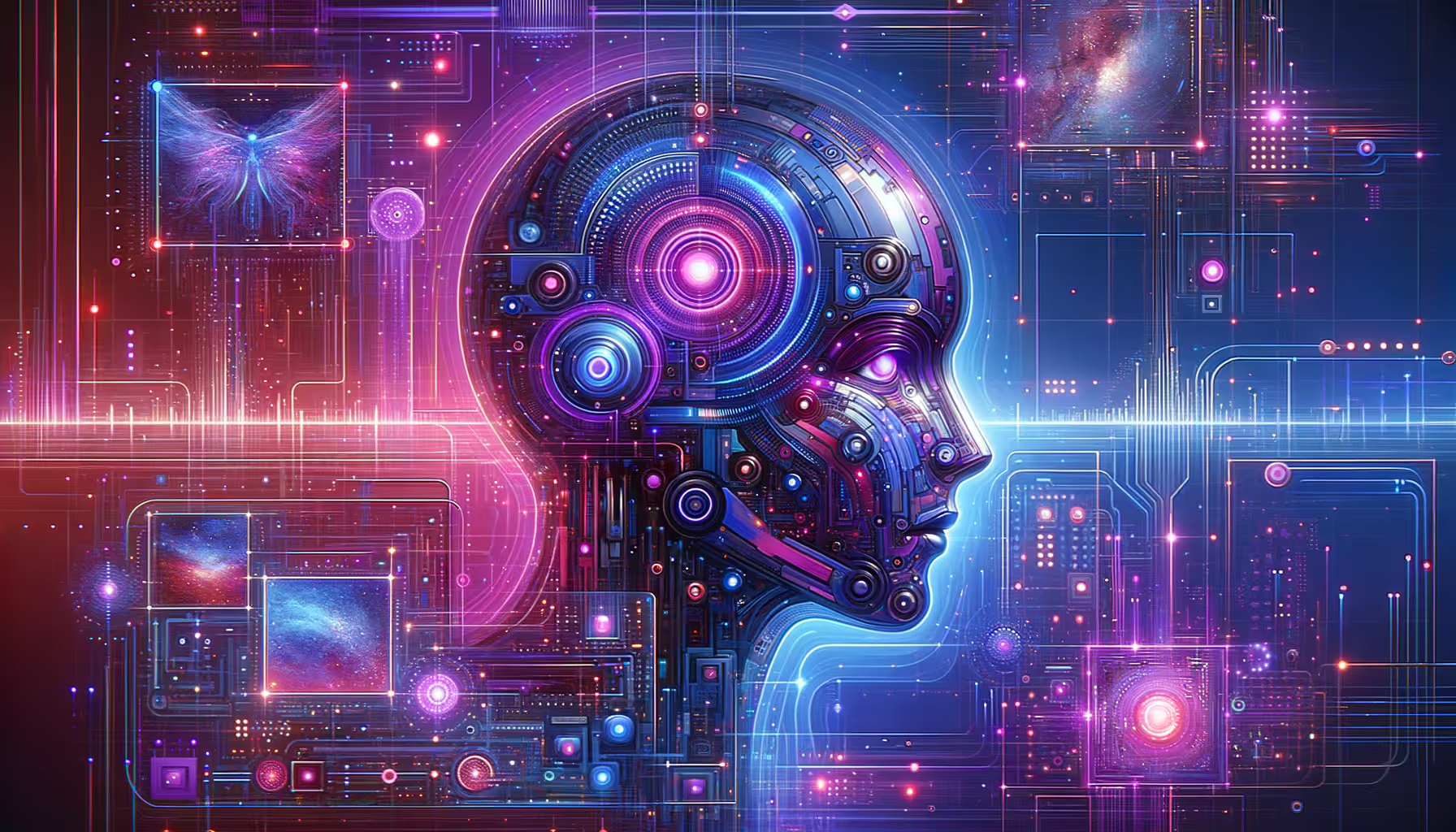

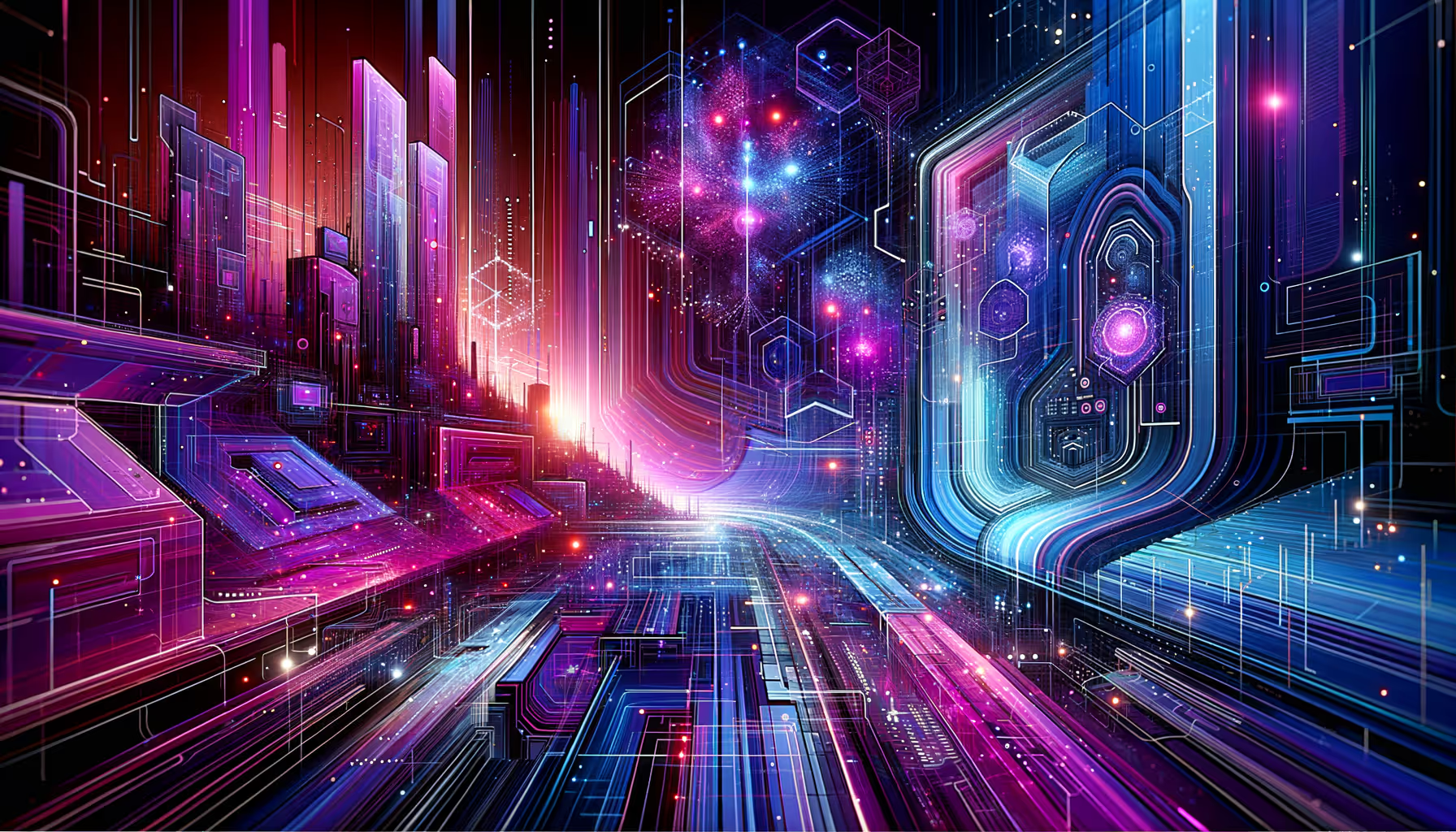
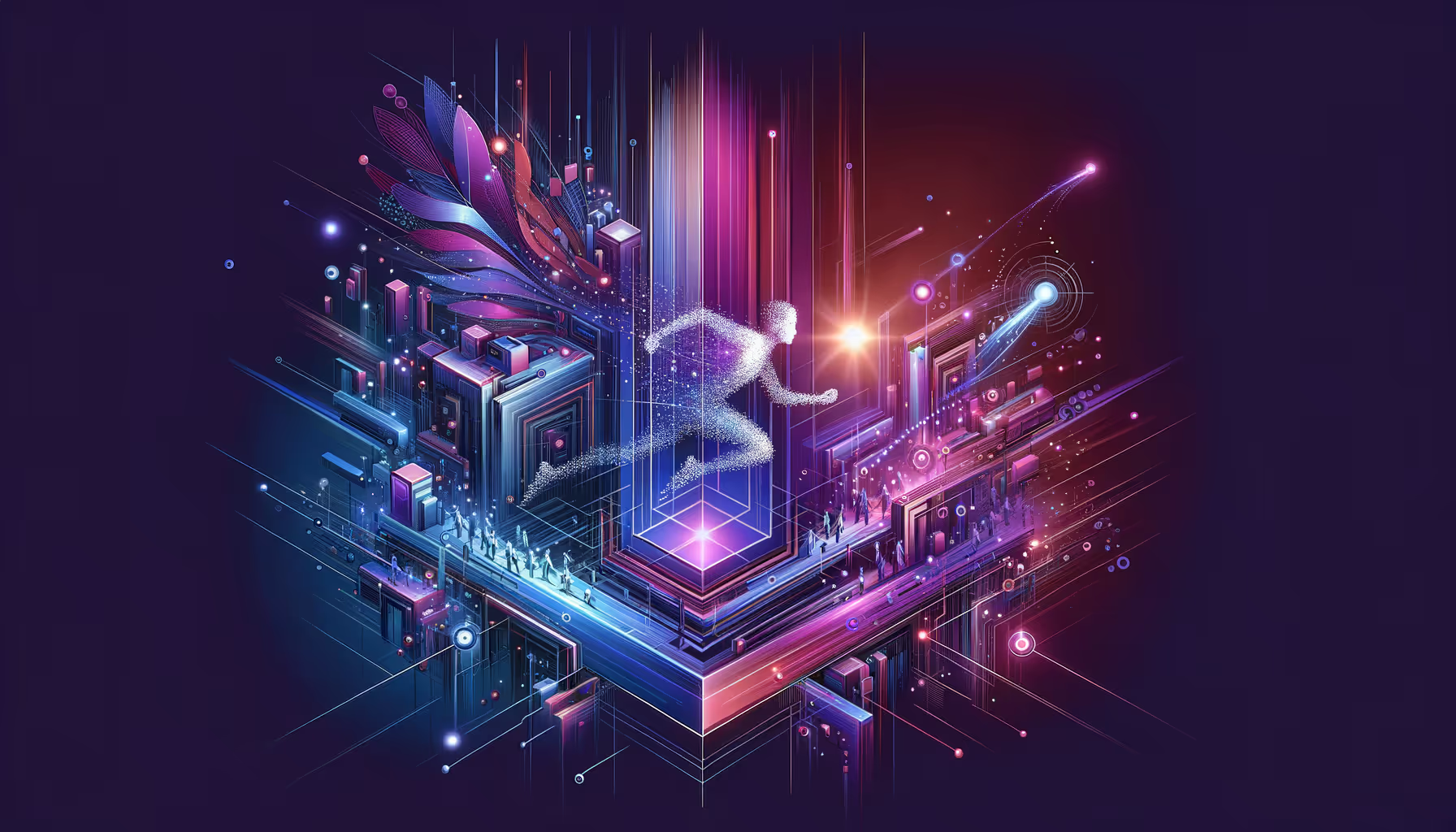











.avif)














.avif)

.webp)





